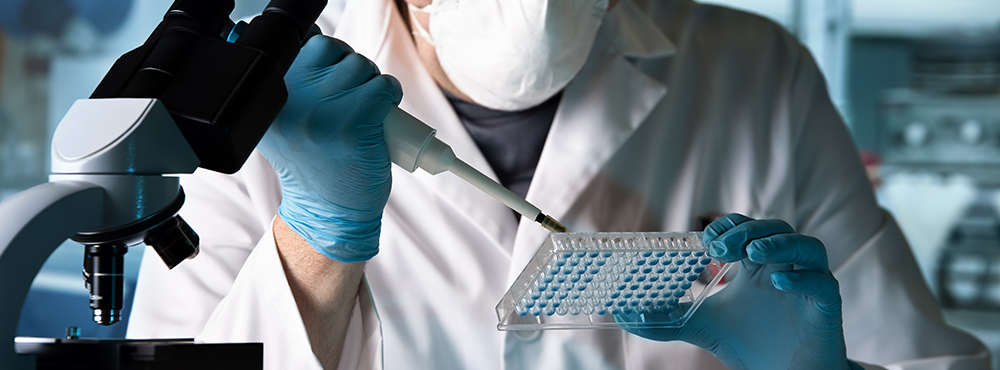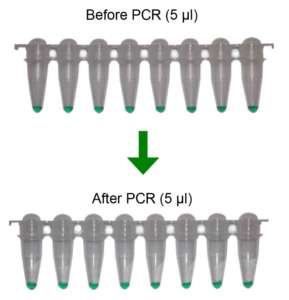
5 Reasons why good PCR plastic could make a difference...
Published by Dr. Marcelo Lanz on
Sep 17, 2020 11:37:00 AM
I. Evaporation during a PCR run
The salt concentration has a major effect on the polymerase chain reaction. Elevated levels of magnesium can increase the possibility of unspecific amplification of the template DNA. This elevated concentration of salts could happen by wrong pipetting volumes, more often it could also be caused by evaporation of liquids due to an untied lid.
This effect is even worse if the volume of the PCR is reduced from 50 uL to 20 uL or even 10 uL. 2 uL evaporation will increase the salt concentration 10% in a 20 uL reaction volume and even 20% in a 10 uL reaction volume as the salts in the mixture will not evaporate with the water. Hence, the before mentioned unspecific amplification will happen.

In Japan, the scientists are actually moving away from the 10 l reaction volume and going down to a 5 uL reaction volume. This is only possible if you have a very tight sealing. The FastGene plastic has such tight sealing enabling the lower reaction volume.
Click here to find your PCR plastic.
II. Material used
Plastic is not always the same material. The different materials can have different properties. It is well known that heat transfer must be as high as possible so that the temperature of the heating block of the PCR Cycler is directly transfered to the reaction mix. The material and the thickness of the reaction tube wall play a major role here. Ideally the wall should be as thin as possible but still very robust to withstand the high temperatures and pressure conditions during a PCR.
FastGene PCR plastic is made of polypropylene. This is stable in the temperature range of -10°C up to 100°C and one can even autoclave them without the risk of deforming the tube, strips or plates.
Click here to find your PCR plastic.
III. DNA absorption property
Many scientists know that certain plastic materials can absorb nucleic acids. The nucleic acid bound to plastic is not available for replication. Specially in low concentrated samples and templates, it is essential for all nucleic acid to be available for replication.
Many manufacturers addressed this issue with the development of low-binding plastic. We have tested our plastic and found out that it does not bind to the nucleic acid, due to its manufacturing process in Japan.
For more details, click here to download our technical note about the non-existing absorption of DNA of our plastic.
IV. qPCR compatibility
Real-time quantitative PCR is a very quick method, where the DNA amplification can be observed while the reaction is happening. The most obvious characteristic of high-quality plastic is its translucent property. Like analyzing a painting through a window, the more translucent a tube is the stronger the signal from the fluorophore is measurable.
Here is a technical note showing the performance of our 0.1 ml PCR Tubes and strips.
The ability to perform qPCR with our tubes are shown here.
V. Price
"Quality has its price!"
A sentence we hear very often.
Our PCR plastic is high-quality not high price plastic!
Molecular biology labs run thousands of PCRs every day and plastic consumption is very high. As discussed previously, high-quality plastic is essential for a good experiment practice. Nonetheless, optimizing our manufacturing process, has enabled us to produce this high quality at a very low price.
Please contact us if you would like to have a sample and try it out for yourself.
Tags:
Plastic